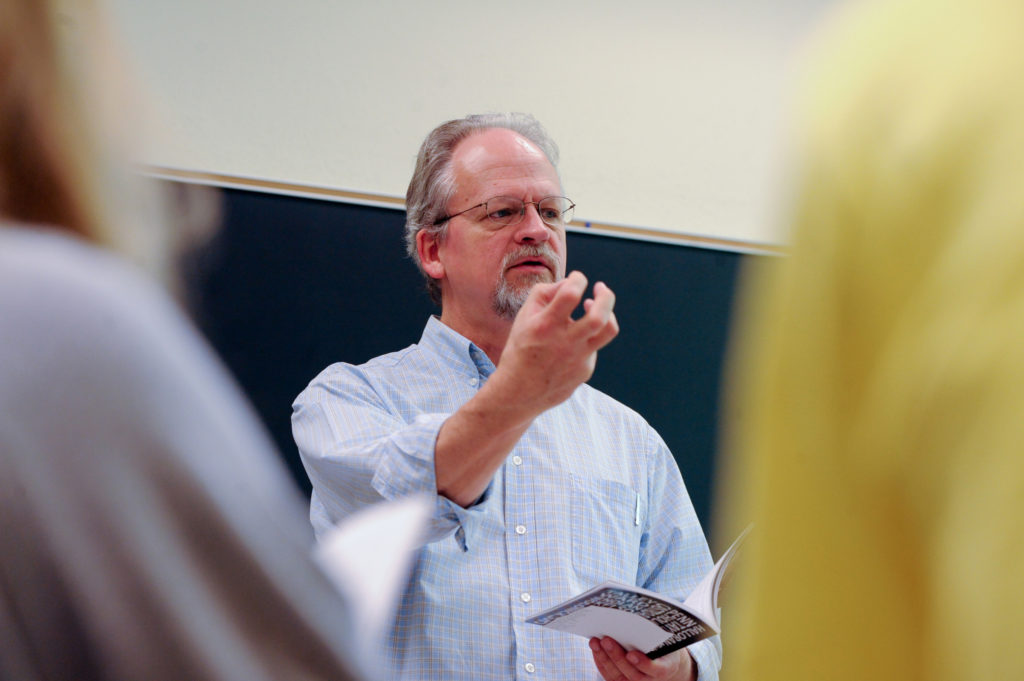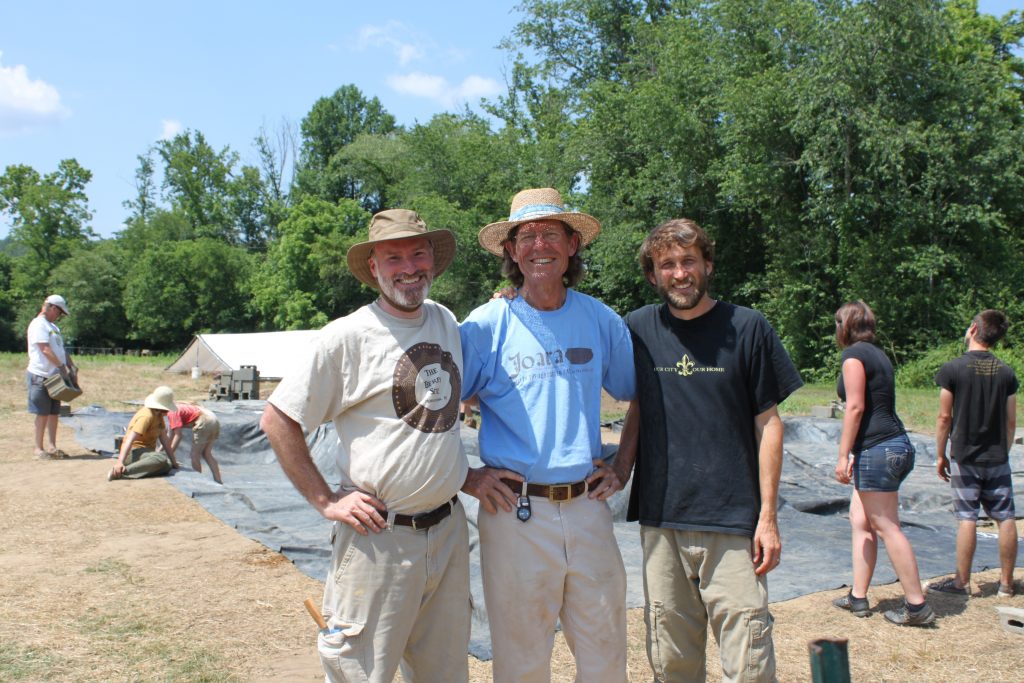
Mayor Johnny Ford of Tuskegee, Ala., is excited about a partnership between UNC-Chapel Hill and five of America’s historic black towns. The towns have recently joined forces to address both preservation and cultural tourism opportunities.
In addition to Tuskegee, four other towns make up the Historic Black Towns and Settlements Alliance: Hobson City, Ala.; Eatonville, Fla.; Grambling, La.; and Mound Bayou, Miss. Each of the towns is more than 100 years old and is connected in some way to educator Booker T. Washington.
“UNC-Chapel Hill is the place in terms of the study of the American South,” Ford said. “There’s no place in the world that has greater expertise and knowledge … expertise in architecture, health care, planning and development, the humanities and the arts.”

The mayors and municipal staffs of these towns will come to campus April 6-7 for a symposium with UNC scholars that will address legal and government issues, oral history collection, entrepreneurship and cultural tourism, archive development and preservation, foodways and community health.
North Carolina mayors will also attend the conference, including Princeville Mayor Bobbie Jones and representatives of the Tillery Resettlement. Former Chapel Hill Mayor Howard Lee, who in 1969 became the first black mayor elected in a predominantly white Southern town since Reconstruction, will be honored at a special dinner.
UNC historian Bill Ferris, senior associate director of the Center for the Study of the American South, said the towns were formed in the aftermath of Reconstruction as black families sought a safe place to raise their families and begin new lives. The incorporated black towns allowed residents who lived within their boundaries to claim their civil rights, such as the right to vote, hold public office and own land.
Through summer 2015 fellowships, Carolina students will travel to the towns to conduct oral history interviews and research related to the special needs of each community.
“This symbolizes what UNC has always done, which is to step forward and lend a hand when communities need it,” said Ferris, who spoke in January at Eatonville’s ZORA! Festival — an event that honors writer Zora Neale Hurston. “We hope to help them create a cultural corridor between the five towns.” A joint website may help to promote tourism possibilities in each of the towns.

Faculty and students affiliated with CSAS, part of the College of Arts and Sciences, have helped to develop cultural tourism projects such as the Earl Scruggs Center in Shelby, N.C., and the B.B. King Museum and Delta Interpretive Center in Indianola, Miss.
Members of the curatorial staff of the Southern Historical Collection have visited all five of the towns to conduct field assessments and collect photographs, community historical publications, biographies, administrative records and other materials.
Bryan Giemza, a triple UNC degree holder (J.D. ’99, English M.A. ’01 and Ph.D. ’04), is director of the collection. He said each of the towns has unique challenges in preserving its history. In Mound Bayou, for instance, UNC Library staff examined administrative documents in need of preservation from the Taborian Hospital, which played an important role as one of only two facilities providing medical care to blacks living in the Mississippi Delta region beginning in the 1940s. (The Delta’s hot, humid climate is not a friendly environment for paper.)

Giemza hopes the library can work with the towns as equal partners in the preservation of their histories and in creating sustainable communities.
“In the past, the researcher has been at the top of the pyramid, and the curator gets the materials. But the problem is that’s an extractive, top-down model,” Giemza said. “We’ve talked about what happens if you involve communities in the curation of their own history. They are the ones who are in the driver’s seat. … We’ve tried to be very attentive and to start by listening very carefully about what they are trying to accomplish.”
Architects Everett Fly (who also has expertise in landscape architecture) and Ellen P. Hunt will attend the conference. They have worked with some of the towns for many years. Fly and Ferris first connected when Ferris served as chair of the National Endowment for the Humanities in the late ’90s.

“Bill offered to help host the towns at UNC if they would be interested in coming,” Fly said. “We intend to make this an innovative partnership.”
The symposium is funded in part by a grant from the National Trust for Historic Preservation and co-sponsored by CSAS, the Office of the Provost, the Frank Hawkins Kenan Institute of Private Enterprise and the Sonja Haynes Stone Center for Black Culture and History.
Read Giemza’s blog post on his visit to Eatonville, Fla., and archivist Chaitra Powell’s post on her visit to Hobson City and Tuskegee, Ala.
By Kim Weaver Spurr ’88



